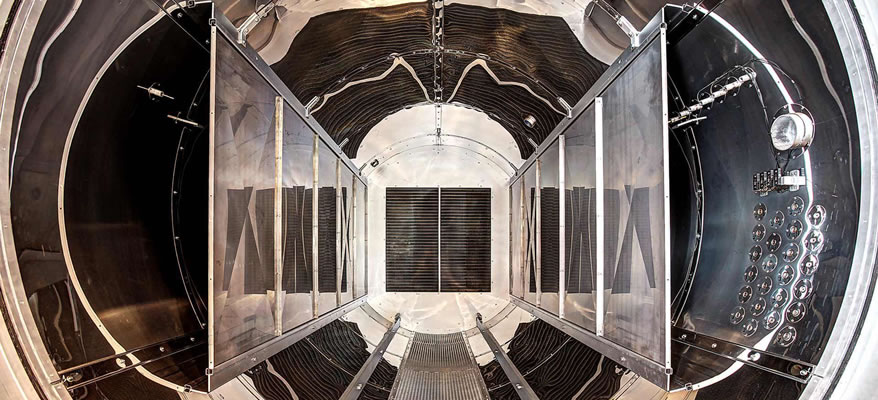CompuDAS, a leader in Industrial Control and Monitoring, announces its newest entry in Critical Process Monitoring and Control, the CPM-16. The CPM-16 provides high-speed, low cost communication utilizing proprietary Window Based Software and Ethernet connectivity.
Designed for plant wide process and environmental monitoring, the CPM-16 is a multi-channel system capable of monitoring from 16 to 256 independent channel inputs which may be any combination of thermocouples, RTD’s, pressure transducers or almost any voltage or current based sensors. Expansion boards may be remote from the base unit for SCADA applications.
The basic CPM-16 system can be configured as a desktop or wall mounted unit and includes a single Board Computer with built-in solid state Hard Drive that can store over three million readings even if the operator PC is “off-line”. Additional storage is available if required.
The data is retrieved and maintained in Windows Excel compatible csv files, eliminating the cost of additional software and training for viewing data. Process monitoring, data file archiving, report generation and operator high-level control are accomplished through our CPMon Windows application. Secure PC connection allows for monitoring of processes remotely. This feature minimizes downtime Continue Reading

